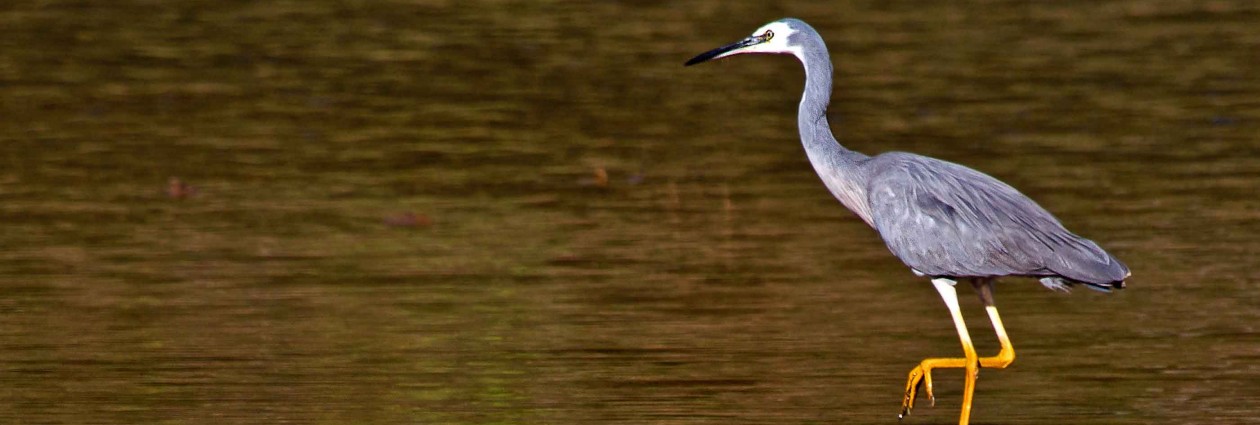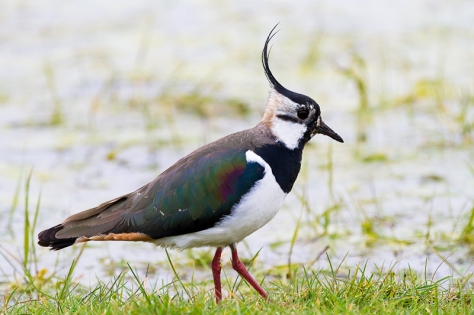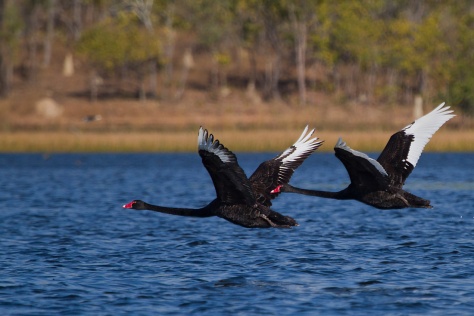
Happy Wild Bird Wednesday :0)
Click the link below to see photographs from many talented folk around the world and feast your eyes on our fine feathered friends!!
A square format photograph of a pair of Avocets (Recurvirostra avosetta) at Elmley Marshes in Kent, England. Very similar in appearance to the American Avocet (Recurvirostra Americana), but lacking the apricot coloration. Delightful nonetheless. I had one of those moments which sometimes happens to wildlife photographers, when everything works in your favour and caught these two in perfect crossed beak symmetry. These beautiful birds are something of a rarity in England, officially Amber Status with 1,500 breeding pairs in the UK, confined largely to the East cost in Summer (where these were) and in the South West over winter. They are a huge success story and had been absent for many years until a few pairs arrived in East Anglia in the 1940s and began to breed. The importance of this successful breeding gave rise to the Avocet being used as the emblem of the Royal Society for the Protection of Birds (The RSPB).
Taken on the Canon 7D with my trusty canon 100-400mm f4.5-5.6 L lens












